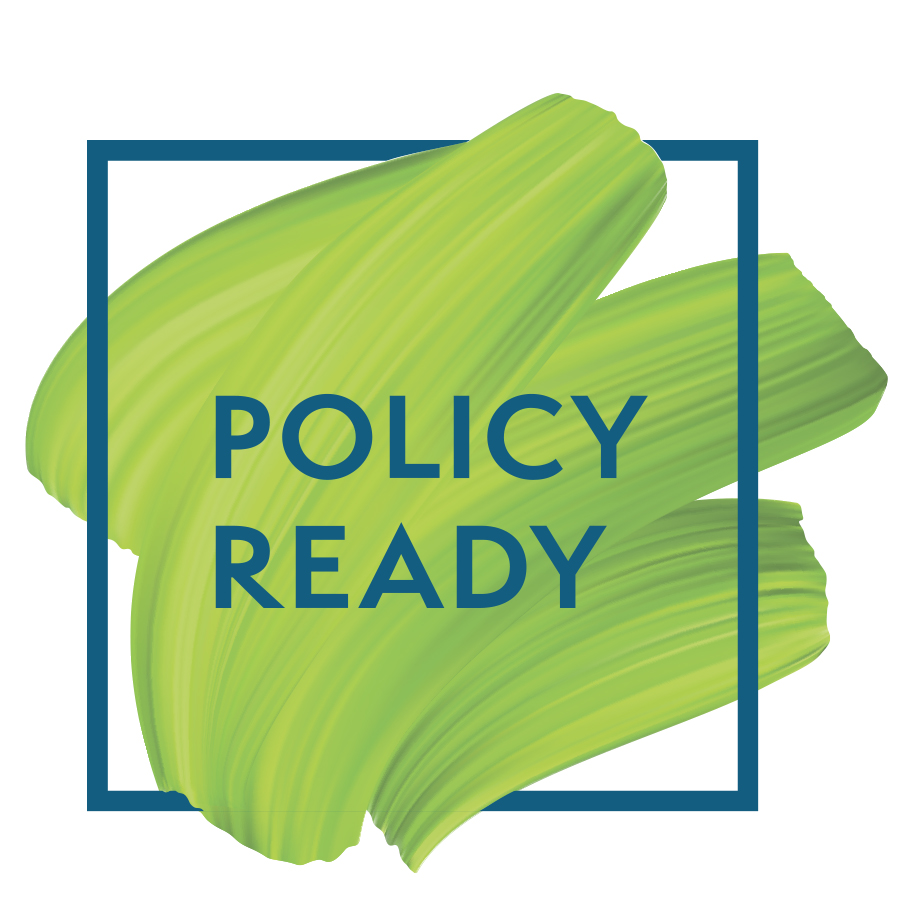Rethinking Medium Term Planning: an essential tool for policy relevance
By Rachel Wernick
I was struck by an interview with Yuval Noah Harari I listened to recently. Harari became known for his book Sapiens that distils thousands of years of history into an engaging read but is now raising awareness about artificial intelligence. The host remarked that as a historian, Harari seemed to spend a lot of time thinking about the future. His response, and I paraphrase, was that just as the present is not separate from the past, the present is also not separate from the future. And while we cannot predict the future, thinking about the future is critical to informing decisions we are making now that will have effects for many years. This resonated with me was I reflected on public policy excellence.
I also recently participated in a discussion on policy innovation with a diverse group of leaders during which the general view was that the gap in innovation was more about scale and scope than finding innovative people, ideas, or successes in the public service. New policy design approaches, such as design thinking and behavioural insights, are being more widely adopted and longstanding policy instruments are being used in new ways and. It is time to consider how the longstanding policy tool referred to as Medium-Term Policy, best known in government circles by its acronym MTP, needs to evolve to better serve the needs of policy design for a rapidly changing society.
Changing priorities ahead sign
MTP processes have traditionally been led by Strategic Policy branches within departments, and centrally coordinated by the Privy Council Office, in the lead up to an election, so that the work can be “harvested” for transition advice. I led several departmental MTP processes during my career. The two that stand out were those that led up to the transitions to the Harper and Trudeau governments as the recognition that the public service needed to “refresh” its work meant significant resources were dedicated to the task. Much has already been written on the importance of the non-partisan public service in supporting smooth transitions (e.g., Zussman, 2013). However, there has been little focus on MTP from the angle of policy design innovation and policy relevance.
More Than Just a Pre-election Tool
It is time to move beyond only dedicating resources to MTP as a pre-election tool for developing transition advice, or for articulating broad policy and planning objectives with little follow up through implementation. It is also necessary to move beyond forward looking policy design being seen as the purview of policy teams dominated by economists, with too little connection to delivery. The public service needs more robust and integrated approaches for ensuring policy relevance in a rapidly changing environment. MTP enriches and/or redirects existing work and launches new work with a view to better adapting to new and emerging challenges. Its key objectives are to:
Examine existing policy assumptions in light of new evidence, evaluations, and user-feedback.
Identify new and emerging medium-term policy issues, particularly those not receiving any attention.
Think creatively about new policy approaches and delivery models.
Inform the above work with outside views, expertise, and critiques.
My aim is to make the case for mainstreaming the work traditionally only undertaken during the earlier part of an MTP process as an integral and ongoing practice within every department irrespective of the transition cycle.
There has always been an inherent tension between thinking about the future and responding to today’s urgencies for the public service. This tension exists daily with the extensive work required to serve the government in advancing its priorities and the ongoing delivery of programs and services. Meeting the needs of forward looking, adaptive policy design in a rapidly changing context will require dedicated multidisciplinary teams focussed on medium term policy in an ongoing manner in all departments. Mainstreaming this type of policy work could be likened to the embedded “Research and Development” teams with dedicated resources in large companies that are valued as an essential function. It is unrealistic to expect public servants to think forward off the corner of their desk that is full of today’s urgent requests and tomorrow’s approved plans.
hand holding compass
Overcoming Challenges to Medium Term Policy Work
In my experience, there are four key challenges to successful medium term policy work. The first, and most common is that the work is diagnostic heavy and implementation light. To state the obvious, identifying and effectively defining emerging problems is only part of policy excellence, designing effective and efficient solutions is where the rubber hits the road. To address this challenge the nature and structure of the teams leading the work matters. The work requires a diverse, interdisciplinary group, that brings together practitioners from across functions (e.g., policy, programs, operations, research and data, evaluation, IT, regions, etc.). The second risk is that thinking is too constrained by existing programs and instruments. Coming up with solutions requires people with a broad understanding of the potential toolkit and knowledge of new and emerging practices. The third risk, directly related to the first two, is that there is an inability to draw important linkages across issues resulting from organizational and functional silos. The creation of an interdisciplinary group goes a long way to addressing this, but it also requires support from the very top and an alternative governance mechanism such as a committee with a mandate and membership that allows for the nimble, flat, and largely horizontal exploration of problems and challenging of proposals. And finally, finding ways to challenge thinking with new perspectives, experiences and expertise can be difficult. An embedded MTP function involves the creation of a safe space for blue-sky, moonshot and generally creative thinking. It would also enable open and regular exchange with diverse voices outside of government as part of its ongoing work.
There are some practical dimensions to embedding this function within all departments. It would require flexible human resource models for non-hierarchical structures that do no impede people from different classifications and levels from working in the same team. To test implementation feasibility, proposals would need to feed into an experimentation phase for quick and effective user testing. And finally, management would need to develop and nurture the necessary skills, practices, and mindsets for creative, forward-looking policy through training and experiential learning for staff.
The public service has demonstrated its ability to think and design forward; to adapt and to innovate, but sustainability requires valuing and resourcing the teams that are critical to continued success. To harken back to the Harari reference, the decisions governments take today on evolving policy issues, ranging from the climate crisis to the deployment of AI, will have effects for many years. Rethinking the role, structure, and resources for MTP could be one small, but essential step in ensuring the public service remains responsive and relevant in informing those decisions.
Rachel Wernick is a retired federal public servant and the Program Director for the Public Policy Forum’s Policy Leadership Program (PLP).


